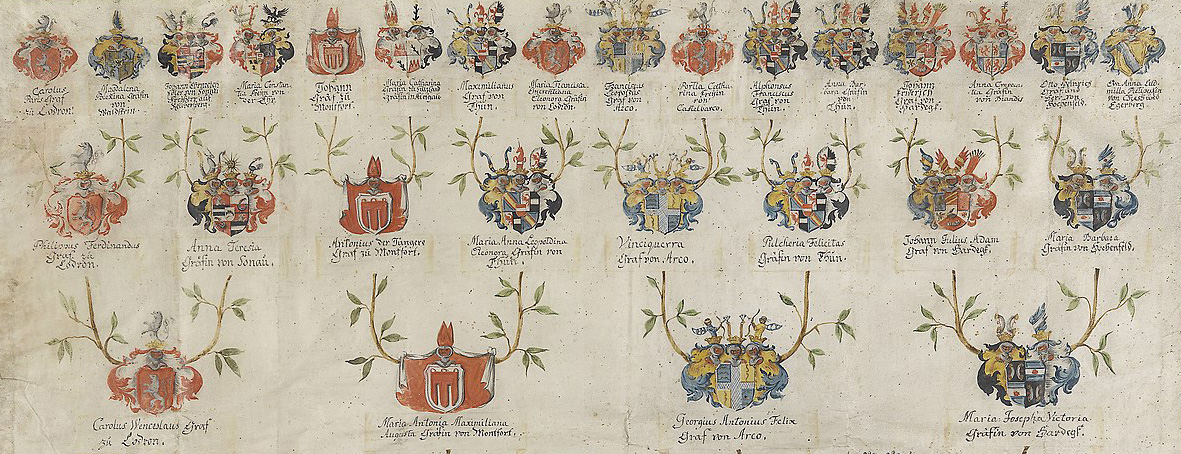
You’ve probably run across the word “Ahnentafel” over the course of your research, but have you ever had it explained? The word’s origin is German for “ancestor table.” These days, however, it refers to a particular kind of numbering system used to keep track of our ancestors. Best used with pedigrees, as opposed to the more complex descendancies, Ahnentafel numbering allows each ancestor in the pedigree to have a discrete identification number (in ascending order).
In his book, Managing a Genealogical Project, William Dollarhide described Ahnentafel numbering with great clarity. Making excellent use of charts and tables, he goes on to explain the three main types of descendancy numbering systems for genealogy: the Register System, the Record System, and the Henry System. Dollarhide explains the pros and cons of each system and proposes his own technique for combining Ahnentafel numbering with the Henry System.
Managing a Genealogical Project also offers a number of other suggestions for organizing your family history data–with or without a computer. You learn how to solve the paper collection problem, how and how not to take notes, and what to do with your correspondence. One of the most important features of the book is the collection of “Master Forms” (relationship chart, research log, ancestor table, etc.), which you can photocopy over and over again to enter and organize the information you gather by hand.
So, if you’re drowning in data or wondering how to pull together your genealogy one day, Managing a Genealogical Project could be the perfect answer to your problem.
Bill Dollarhide is one of the best genealogy instructors in history, and his books reflect that. CLICK HERE to check out other excellent books by Bill Dollarhide.





